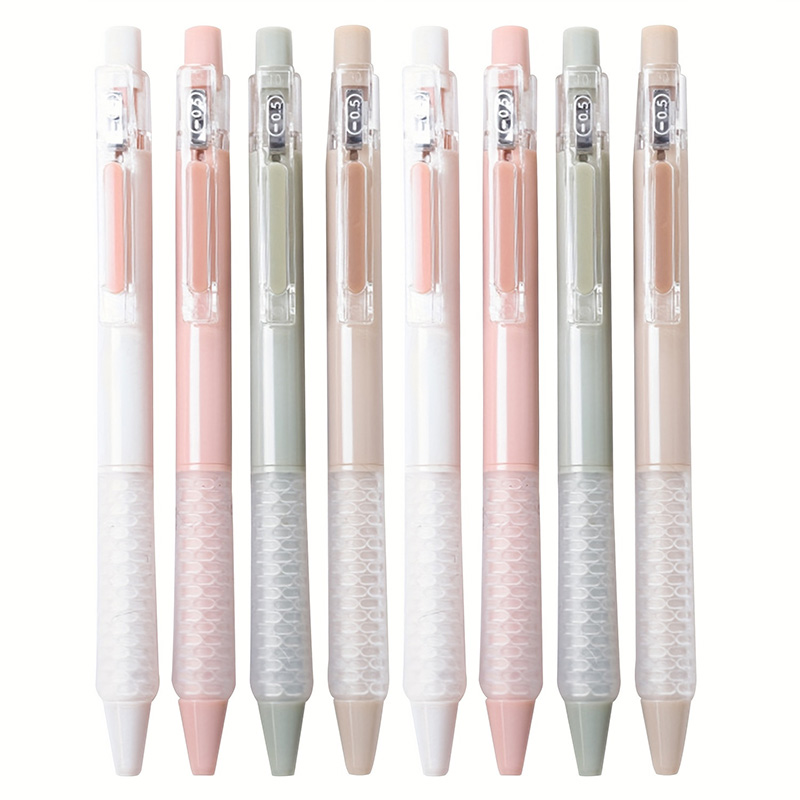In a world increasingly dominated by digital communication, the writing pen remains an essential tool that bridges tradition with contemporary needs. From everyday note-taking to signing critical documents, writing pens continue to play a vital role across various industries—combining precision, style, and reliability. As innovations reshape the market, writing pens are carving out fresh relevance and expanding their appeal.
The Enduring Relevance of Writing Pens
Despite the digital surge, writing pens retain a firm foothold in personal, educational, and professional settings. The act of putting pen to paper engages different cognitive processes than typing, fostering better memory retention and deeper creativity. This tangible interaction provides an experience that digital devices cannot fully replicate.
For many professionals, a quality pen is more than a tool—it is a symbol of professionalism and attention to detail. Whether signing contracts, drafting ideas, or annotating reports, the pen remains indispensable. Its reliability and precision ensure that every word carries weight and permanence.
Diverse Types for Varied Needs
The writing pen industry offers an array of options tailored to different preferences and applications. Ballpoint pens dominate the mass market with their smooth, low-maintenance ink, suitable for everyday writing. Gel pens, prized for vibrant color and smooth flow, have gained popularity among students and artists alike. Fountain pens, often associated with elegance and craftsmanship, cater to collectors and professionals who appreciate refined writing experiences.
Specialized pens, such as archival-quality and quick-drying variants, serve niche markets requiring durability and performance. Ergonomic designs and anti-slip grips have also become important, addressing the needs of users who write extensively.
Innovation Driving Market Growth
Recent years have witnessed remarkable innovations that have revitalized the writing pen segment. Ink technology has advanced significantly, producing inks that dry faster, resist smudging, and last longer without fading. Manufacturers are also focusing on refillable designs to enhance sustainability and cost-effectiveness.

The rise of hybrid pens—combining features like stylus tips with traditional ink—reflects the growing demand for multifunctional tools in hybrid work environments. These pens allow seamless transition between paper and touchscreen devices, catering to professionals who juggle both digital and analog workflows.
In addition, personalization and customization have become key market trends. Consumers increasingly seek pens that reflect their personality or brand identity. This demand has led to growth in bespoke pen services and branded merchandise across industries.
Market Dynamics and Consumer Behavior
According to the Global Writing Instruments Report (2025), the worldwide writing pen market is forecasted to grow at a CAGR of 3.9% through 2030. Growth is particularly strong in emerging economies where expanding education systems and office infrastructure drive demand.
Millennials and Gen Z consumers are influencing product development, favoring pens that combine aesthetics, functionality, and sustainability. Eco-conscious buyers are opting for pens made from recycled materials or designed for refillability. Brands embracing transparent supply chains and ethical manufacturing practices are gaining consumer trust.
The resurgence of analog activities such as journaling, calligraphy, and bullet journaling has also fueled interest in premium and artistic writing pens.
Challenges and Industry Adaptations
Despite robust demand, the writing pen industry faces challenges. The ubiquity of digital alternatives reduces casual use, particularly among younger demographics accustomed to keyboards and touchscreens. Price competition from low-cost imports pressures margins, prompting brands to differentiate through quality and innovation.
Manufacturers are responding by investing in R&D to develop advanced inks and ergonomic designs. Partnerships with artists, influencers, and corporate clients are expanding market reach and enhancing brand loyalty. Additionally, leveraging e-commerce and social media platforms enables companies to engage directly with consumers and tailor offerings.
Sustainability and the Future of Writing Pens
Sustainability is shaping the future trajectory of writing pens. The industry is actively reducing plastic usage by introducing biodegradable components and encouraging refill programs. Some brands have launched initiatives to recycle used pens and offset carbon footprints.